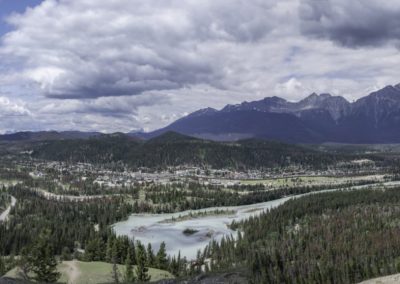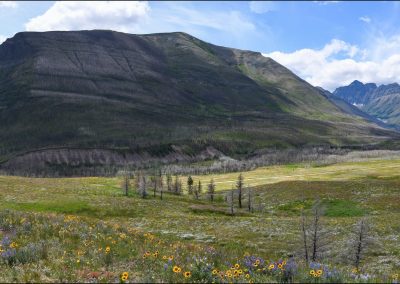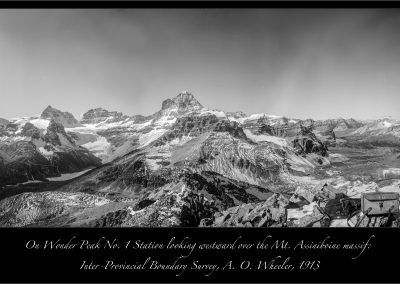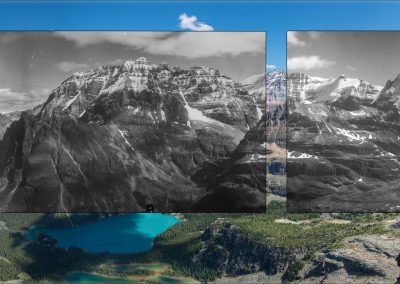About Mountain Legacy Project
The Mountain Legacy Project explores changes in Canada’s mountain landscapes through the world’s largest collection of systematic high-resolution historic mountain photographs (>120,000) and a vast and growing collection of repeat images (>8,000 photo pairs). Find out about our research and how we turn remarkable photos into real-world solutions for understanding climate change, ecological processes, and strategies for ecological restoration. Read more
Eric Higgs, PhD
Director
Office phone:
250-721-8228
E-mail:
ehiggs at uvic dot ca
Environmental Studies, University of Victoria
The Collection
A vast collection of historical mountain photographs created between 1861 and 1958 by surveyors establishing national and provincial boundaries, creating topographic maps, and exploring geological resources


Starting with a series of historical digital images, we puzzle out the exact location of the original surveyors. This is the first step in a chain of complex arrangements that places a repeat photography crew on a mountain summit or ridge… read more
MLP Works
Since its beginning in 1996 MLP Works has provided access to the publications, articles, media, and other scientific and creative products generated through use of MLP techniques and images.
Learn more
Explore
Explore is a map-based search tool designed to allow anyone with a modern web browser to view, compare, and download MLP’s vast collection of historic and repeat images.
Get started
Analysis
Every image pair can be explored in depth with the Image Analysis Toolkit. IAT supports side-by-side image visualization, including categorization, annotation, scaling, cross and wipe fades, classification statistics, and more.
View the Image Analysis ToolKit
Projects & Galleries
The vast size of our collections means that diamonds—remarkable images that cue into contemporary concerns or historical fascination– are often buried. We present curated galleries that emerge from the work of our teams, whether driven by research questions or personal fascination. Check back regularly for new presentations.





